Sample information |
|
| Picture |
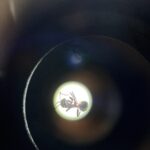
|
|---|---|
| Location | |
| Collection date | |
| Captive / Cultivated? | |
| Group | Edmund Burke School |
| Observations | medium sized ant, was behind school running across pavement. Was about 80 degrees outside, sunny day. Last day of summer. |
| Putative identification | Arthropoda Insecta Hymenoptera Formicidae Camponotus Camponotus pennsylvanicus |
Methods |
|
| Extraction kit | DNeasy (Qiagen) |
| DNA extraction location | Whole arthropod |
| Single or Duplex PCR | Single Reaction |
| Gel electrophoresis system | MiniOne |
| Buffer | TBE |
| DNA stain | GelGreen |
| Gel images |
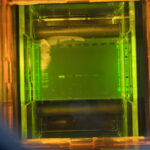
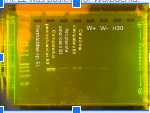
|
| Protocol notes | DNA Extraction, the lab went well with no struggles, protocol was followed, surfaces sterilized and pipette tips changed. PCR: there were 2 issues with the PCR, first the proportions of compounds in the cocktail were off, but we remade the cocktail so this did not affect the results and the Wolbachia PCR was botched at first but we redid it and got conclusive results Gel Electrophoresis, arthropod: got a clean bar for both Wolbachia and CO1 Arthropod gene. As for Wolbachia we at first had the issue of no bars, due to a PCR error, but we redid the PCR and Electrophoresis and got conclusive results |
Results |
|
| Wolbachia presence | Yes |
| Confidence level | High |
| Explanation of confidence level | The bar was nice and solid. The sequencing had a low e value as well which shows that the gene was most likely wolbachia |
| Wolbachia 16S sequence | Download FASTA
|
| Arthropod COI sequence | Download FASTA
|
| Summary | The Camponotus pennsylvanicus was found to be postive for Wolbachia. |
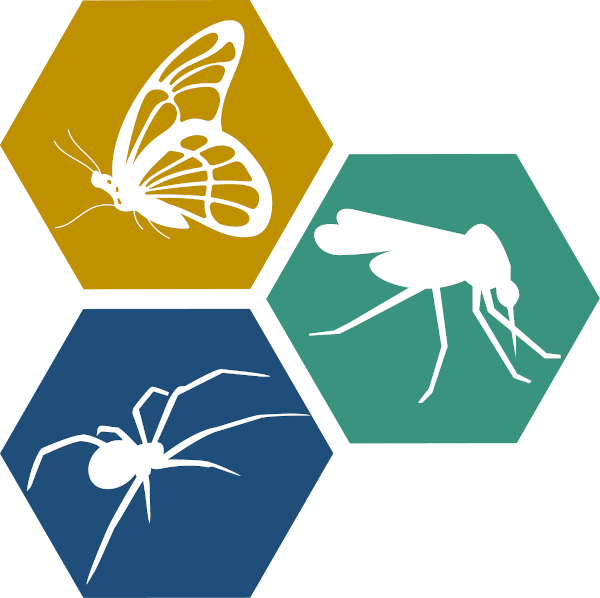 Common Eastern Bumble Bee (Bombus impatiens)
Common Eastern Bumble Bee (Bombus impatiens) American Bird
American Bird Spotted crane fly
Spotted crane fly Wolbachia data
Wolbachia data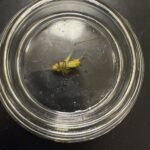 Meadow Katydid
Meadow Katydid